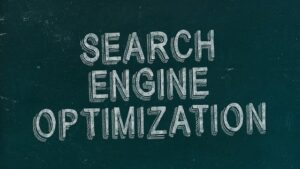On-Page SEO is a strategic approach for bloggers to enhance content visibility on search engines while improving user experience. Key strategies include optimizing titles, headings, and meta descriptions with target keywords, using H1-H3 tags for readability, conducting keyword research, and naturally integrating keywords without spamming. High-quality, engaging content with unique insights, multimedia, and good readability signals to search engines its value, increasing engagement. Meta tags and descriptions provide essential context to search engines, influencing click-through rates. Effective internal linking demonstrates content interconnectedness to users and search engines, boosting blog visibility and session duration.
In the dynamic landscape of digital content creation, optimal On-Page SEO is paramount for blogs aiming to stand out in today’s competitive online space. This article guides you through the essential elements of On-Page SEO, equipping you with actionable strategies to enhance your blog’s visibility and engagement. From optimizing titles and headings to leveraging meta tags and internal linking, discover proven techniques to elevate your content’s search engine rankings and deliver a captivating experience for your audience.
Understanding On-Page SEO for Blogs
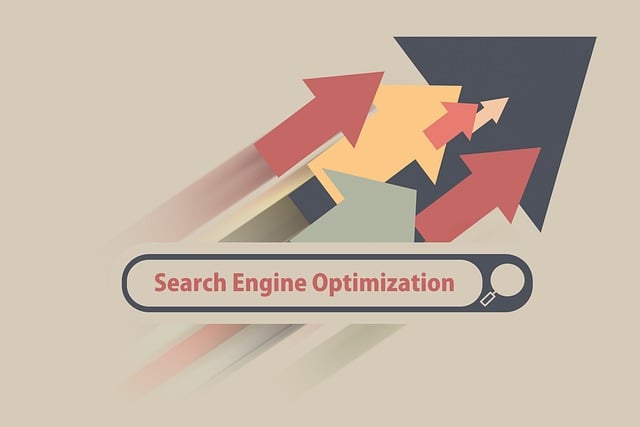
On-Page SEO is a crucial strategy for optimizing blog content to rank higher in search engine results pages (SERPs). It involves understanding and applying various techniques within your blog posts to make them more relevant and appealing to both search engines and readers. The primary focus is on enhancing the visibility of key information while ensuring a seamless user experience.
By implementing On-Page SEO, bloggers can significantly impact their website’s performance. This includes optimizing titles, headings, meta descriptions, URL structures, and content itself using targeted keywords naturally. Effective On-Page SEO also encourages the use of high-quality visuals with alt tags, internal linking, and external links to reputable sources. These practices not only improve a blog’s search engine rankings but also encourage visitors to explore more pages, ultimately driving higher engagement and potentially leading to increased conversions or subscriptions.
Optimizing Your Blog's Title and Headings

Optimizing your blog’s title and headings is a crucial aspect of on-page SEO. A well-crafted title not only attracts readers but also acts as a snapshot of your content, signaling to search engines what your blog post is about. Incorporate your target keyword naturally while ensuring it’s compelling and relevant. For instance, instead of a generic “Blog Post,” use something like “Top 10 Tips for Effective On-Page SEO.”
Headings, structured using H1, H2, H3 tags, provide a hierarchical outline of your content, making it easier to scan. They also help search engines understand the topic’s hierarchy and relevance. Relevantly using headings can enhance readability and improve user engagement, both of which are positive signals for on-page SEO. Ensure each heading complements the previous one, logically guiding readers through your content.
Keyword Research and Placement Strategies

Keyword research is a fundamental aspect of effective On-Page SEO. It involves identifying relevant keywords and phrases that your target audience uses when searching for content similar to yours. Tools like Google Keyword Planner, SEMrush, or Ahrefs can help uncover search volume, competition, and related keywords. Once you’ve identified the right terms, strategically place them throughout your blog post. This includes in titles, headings (H1, H2, etc.), meta descriptions, first paragraphs, and image alt tags. The goal is to naturally integrate these keywords, ensuring they enhance the readability and relevance of your content without appearing forced or spammy.
Placement strategies should also consider user experience. Break up long blocks of text with subheadings, making the content scannable. Include relevant internal links to other blog posts on your site, which not only improves user engagement but also helps search engines understand your content’s context and interlinkability. Remember, On-Page SEO is about creating high-quality, optimized content that provides value to readers while adhering to best practices for search engines.
Enhancing Content Quality and Readability
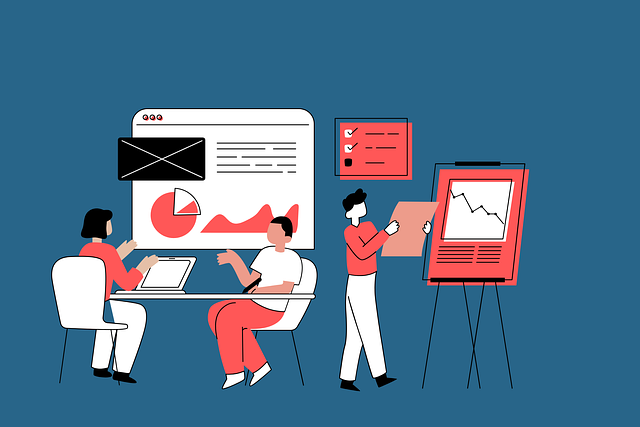
High-quality, engaging content is at the heart of effective on-page SEO for blogs. To optimize content for both search engines and readers, focus on creating in-depth, valuable pieces that address your target audience’s queries and interests. Ensure each blog post offers unique insights, uses relevant keywords naturally, and provides a satisfying reading experience by incorporating headings, bullet points, short paragraphs, and engaging multimedia.
Readability is crucial for keeping readers hooked and encouraging them to explore more of your content. Utilize tools that assess readability scores to identify areas for improvement, such as simplifying complex language, breaking up long sentences, and adding visual elements. A well-crafted, readable blog post not only boosts engagement but also signals to search engines that your content is valuable and worth ranking highly.
Utilization of Meta Tags and Descriptions
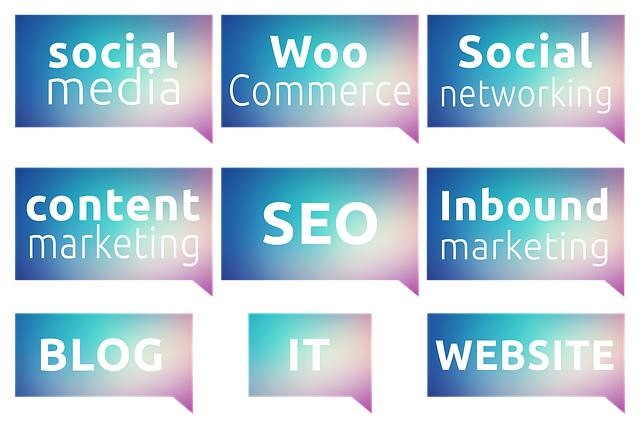
Meta tags and descriptions are essential elements of on-page SEO for blogs. These HTML attributes provide search engines with crucial information about your content, helping them understand the context, relevance, and value of each page. The title tag, in particular, should be a concise summary of the blog post’s content, incorporating relevant keywords to signal to search engines what the page is about.
Meta descriptions, though not directly ranked by search engines, play a significant role in click-through rates (CTRs). A compelling meta description that accurately reflects the content and includes enticing keywords can increase the likelihood of users clicking through from the search results page. By optimizing these elements, you enhance your blog’s visibility, attract more readers, and ultimately improve your on-page SEO performance.
Improving Internal Linking Structure
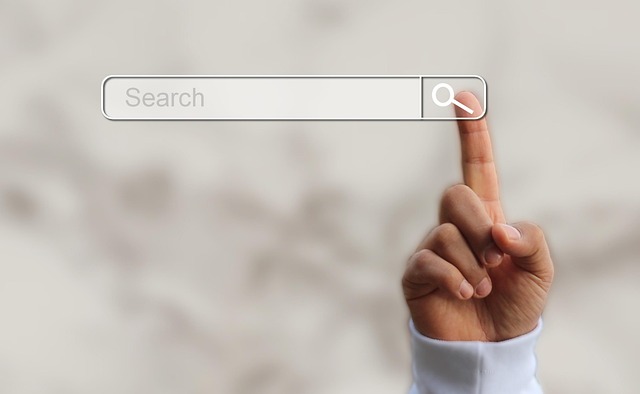
Improving your blog’s internal linking structure is a key part of effective On-Page SEO. By strategically connecting relevant posts within your content, you create a network that allows users and search engines to navigate easily through related topics. This not only enhances the overall user experience but also signals to search algorithms that your site provides valuable, interconnected information on a specific theme.
Consider reorganizing your blog’s architecture, updating anchor text for links, and ensuring a logical flow of ideas between posts. Use keywords naturally in your link text to reinforce semantic connections while maintaining readability. A well-optimized internal linking structure can significantly boost your blog’s visibility and increase time spent on page, ultimately driving better search engine rankings.
